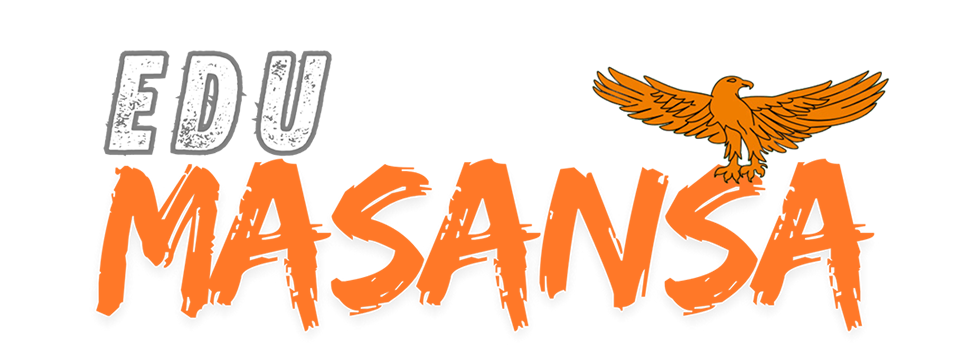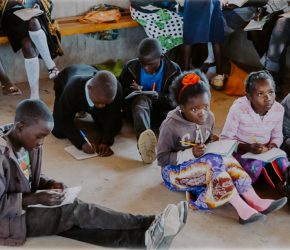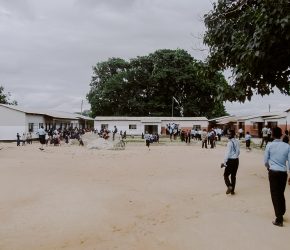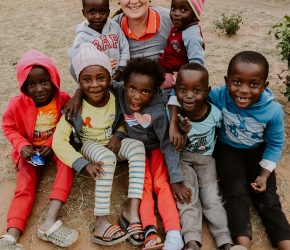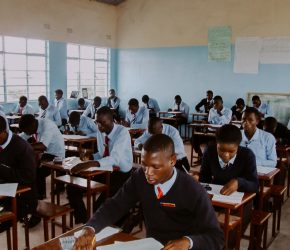SCHOOL YEAR IN ZAMBIA
The school year in Zambia differs from the one in other western countries (including Poland), regarding both the calendar, as well as education structure. Here is what the school year in Zambia usually looks like.
The school year in Zambia usually runs from the middle of January to the beginning of December and is divided into three terms. The first term starts in January and lasts till April. When it is over, students have a four-week break. The second term begins in May and ends at the end of July or in the very beginning of August, after which follows another break which usually lasts four weeks. The last, third term, starts in September and it finishes in November or early December. When the school year ends, students have Christmas holiday, which takes from four to six weeks.
At the end of each school year students from grades that conclude a given education stage – i.e. Grades 7, 9 and 12 – take state exams. Schools in Zambia are also closed during national and religious festivals. Such system of organizing education allows regular breaks during the year, which aims at both pupils’ rest, as well as their preparation for next education stages.
During the term students do not have quizzes, tests and exams which are common in the Polish education system. Instead, the last two weeks of a term are dedicated for writing a test in each subject. Their results are not known immediately, though. The second Friday of a new term is the so-called Opening day when students with their carers or parents go to school to get their test results from the previous term.
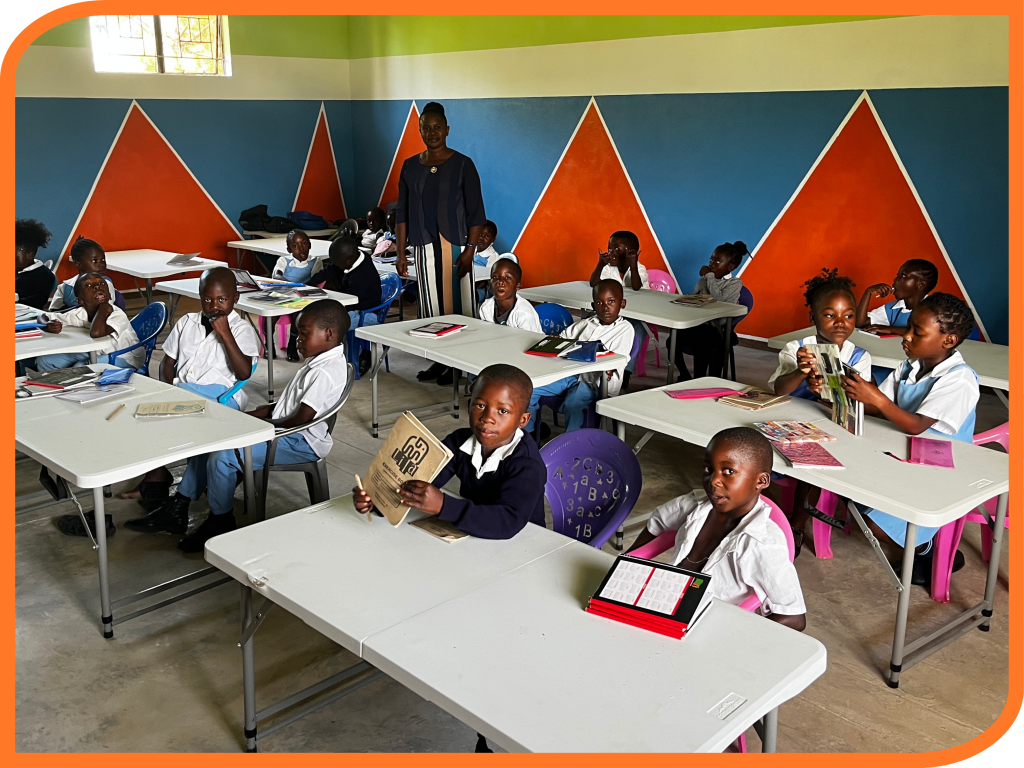
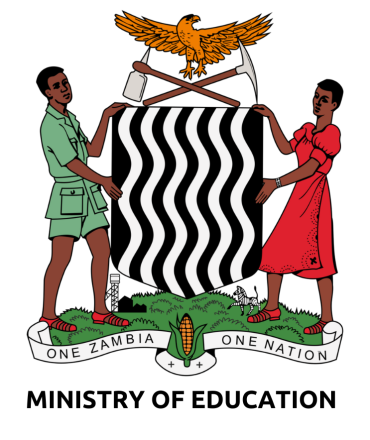
A NEW EDUCATIONAL SYSTEM
Since January 2025 the new educational system has been implemented in Zambia, which relies on Competence-Based Curriculum (CBC). This reform aims at better students’ preparation for the modern world challenges through developing practical skills, critical thinking and learner independence.
The new system of education introduces significant changes in education structure. Early Childhood Education was shortened from 4 to 3 years, and learning in primary school starts at the age of 6, instead of 7. Primary school runs 6 years and finishes with state exam in Grade 6. An automatic promotion to high school has been dissolved; students now have to pass an exam, to continue their secondary education.
High school has been prolonged from 5 to 6 years and divided into 2 stages: Form 1-4 and Form 5-6, i.e. A-Level, which prepares students for tertiary education (college/university) or entering labour market. On the secondary level specializations have been introduced, such as Social Sciences, Business, Arts or Science.
Within the reform school subjects have been reorganized as well. Previously integrated subjects, such as Social Sciences and Science, have been divided into separate disciplines: Geography, History, Citizenship Education, Biology, Physics and Chemistry. English has become the medium of instruction on all education levels, although in the early stages of instruction using local languages is allowed in order to facilitate comprehension of the material.
The implementation of the new curriculum is taking place gradually and is to be completed by 2029. In 2025, the reform will cover early childhood education, the first year of primary school and the first year of secondary school (Form 1). In subsequent years, it is planned to expand the reform to other levels of education, until the new system is fully implemented. The education system in Zambia faces certain challenges, such as a shortage of teaching materials, a lack of properly trained teachers and infrastructure limitations, especially in rural areas. Therefore, it is important to create additional schools to give the youngest the opportunity to receive a good education.
